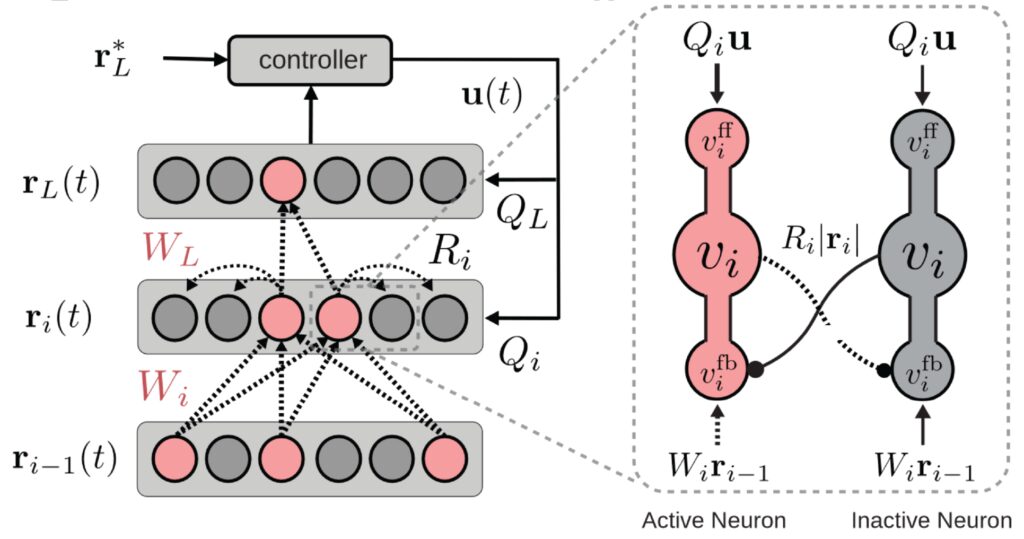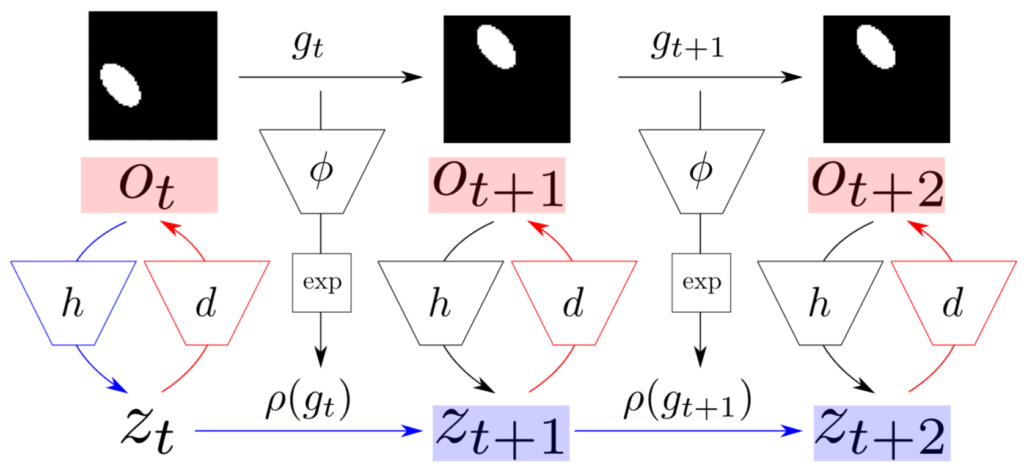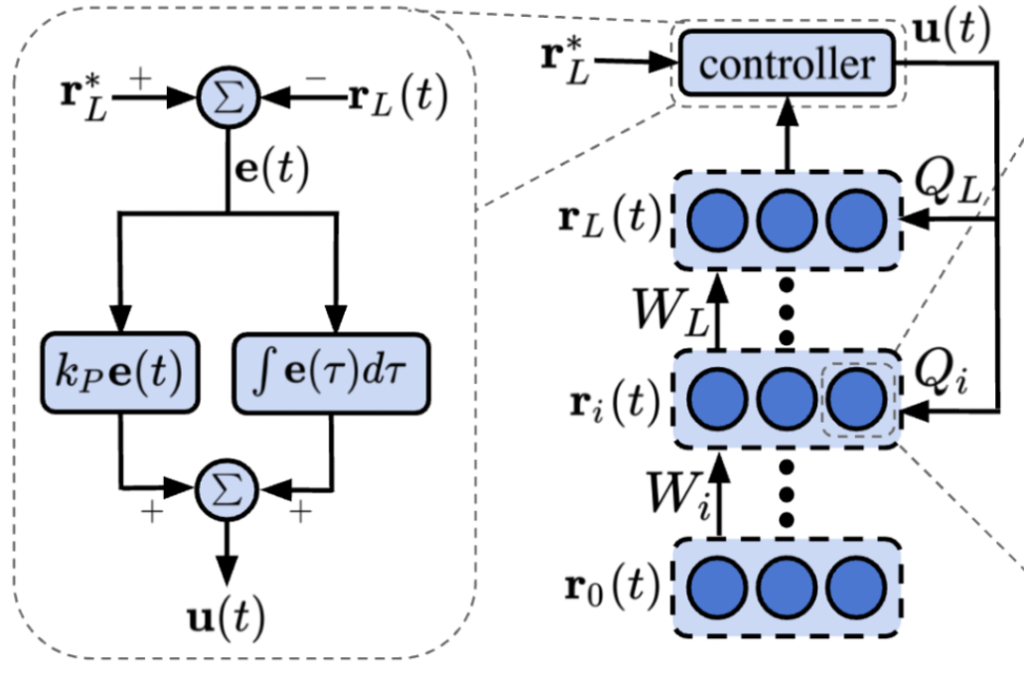Bio-Inspired AI
We aim to develop novel bio-inspired network learning algorithms that function similar to the mammalian brain while simultaneously addressing the shortcomings of current deep learning systems. Currently we focus our projects in the the following problems :

Continual Learning
The ability to quickly adapt to new situations and tasks is a hallmark of biological intelligence. By studying the mechanisms of continual learning and adaptation in brains, we aim to pave the way for designing new AI systems that are capable of learning and adapting to new tasks in real-time while progressively improving their performance. Although numerous methods for continual learning have been developed in machine learning, it is unknown how and why biological networks are so effective in addressing this problem. In line with this goal, we are currently conducting several research projects to investigate the biological underpinnings of continual learning.
Latent Learning
A major step towards the development of natural intelligent AI systems is to understand how high-level, abstract concepts can be learned without the use of rewards or binary supervision signals (labels). Whereas AI systems are commonly trained to predict the labels of their training data, biological networks learn to generate goal-directed behavior across varying conditions and tasks. One hypothesis from psychology is that, instead of using manually labelled data, rich or meaningful representations of the external world are learned through interactions with the environment. The Swiss psychologist Jean Piaget described this idea as the concept of ‘affordances’, suggesting that humans do not only learn to perceive the visual appearance of an object but also predict how it changes if they act on it. In this line of research, we are developing novel, unsupervised machine learning algorithms that can learn high-level, conceptual representations without using labeled data.


Hirarchical Credit Assignment
Another hallmark of mammalian intelligence is the ability to represent incoming sensory information across multiple abstraction levels. For instance, in the visual ventral stream, incoming signals are first represented as low-level edge filters and then transformed into high-level object representations. These same hierarchical structures routinely emerge in artificial neural networks (ANNs) trained for image/object recognition tasks, suggesting that a similar process might underlie biological neural networks. However, the classical ANN training algorithm, backpropagation has several shortcomings and is considered biologically implausible. To address these shortcomings and to close a major knowledge gap between the learning in biological networks and the training of their artificial counterparts we take inspiratieon from neuroscience to develop novel forms of credit assignemnt and network learning.